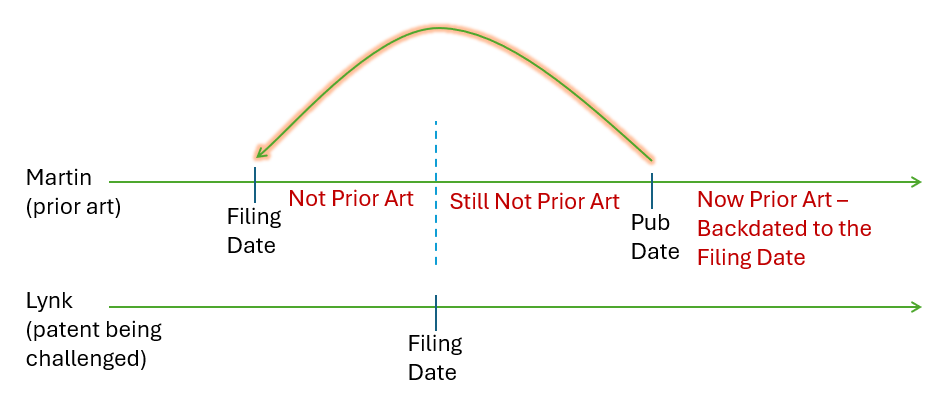
"The upcoming Supreme Court petition in Lynk Labs, Inc. v. Samsung Electronics Co. presents a critical examination of the meaning of "prior art" in patent law."
"The case highlights a clash between two frameworks: "prior art as document" versus "prior art as process," affecting the interpretation of statutory language."
"In Lynk Labs, the Federal Circuit determined that a secret patent application could be used as prior art in an IPR proceeding under certain conditions."
"The distinction between "printed publication" and prior art contributes to significant legal debates regarding the scope of inter partes review."
The Supreme Court petition in Lynk Labs, Inc. v. Samsung Electronics Co. emphasizes the ambiguity of "prior art" within patent law. It illustrates the tension between viewing prior art as a document versus considering it as a process. The Federal Circuit ruled that a competitor's patent application, kept secret until after Lynk's filing date, qualified as prior art during inter partes review. This ruling hinged on the idea that the application became a "printed publication" by the time of the review, thus fulfilling the requirements outlined in 35 U.S.C. § 311(b) and § 102(a)(2).
Read at Patently-O
Unable to calculate read time
Collection
[
|
...
]